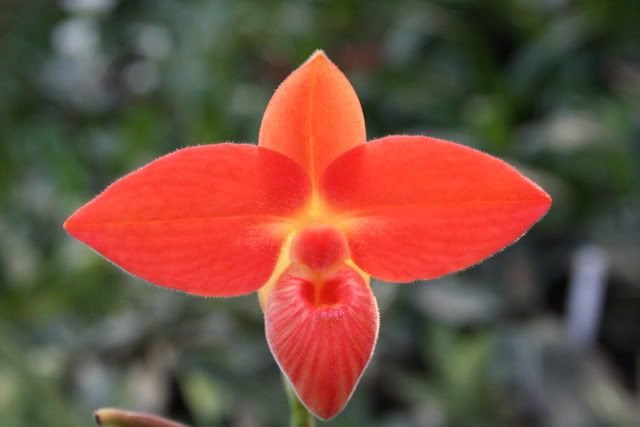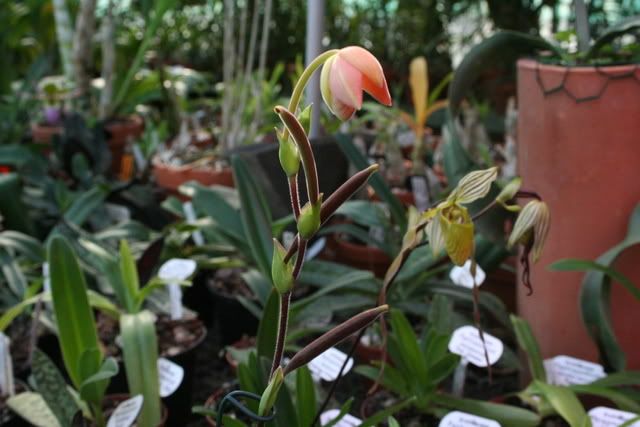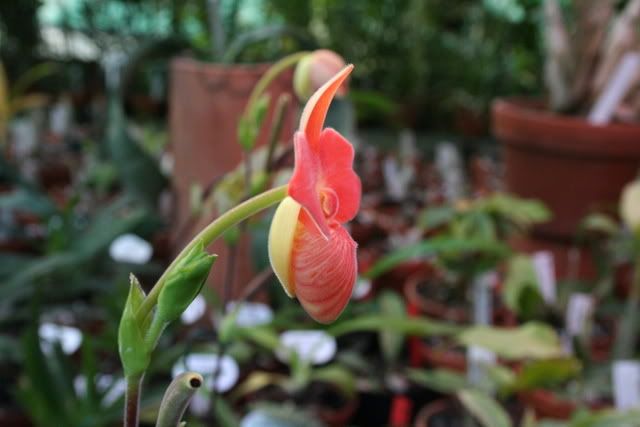D
Drorchid
Guest
We have had this besseae in our collection for a while. It is a first generation (wild) besseae and was collected in Peru. It is very different than any other wild besseae's that I have seen. The pouch looks very different with very distinct windows, and it is differently shaped compared to a regular besseae. Also in most besseae's that I have seen the ridge along the opening of the pouch is usually yellow. This plant has a lot of red along the ridge. The Staminodal shield is very red (it does come to a point like most besseae's do). The growth habit is different, just like dalesandroi, it does not form any stolons, and the new growths appear right next to the old growth. What makes this plant most distinct is that it selfpollinates! Has anyone else seen plants that are similar to this one, and if so, is it known as a different variety of besseae?
Flower:
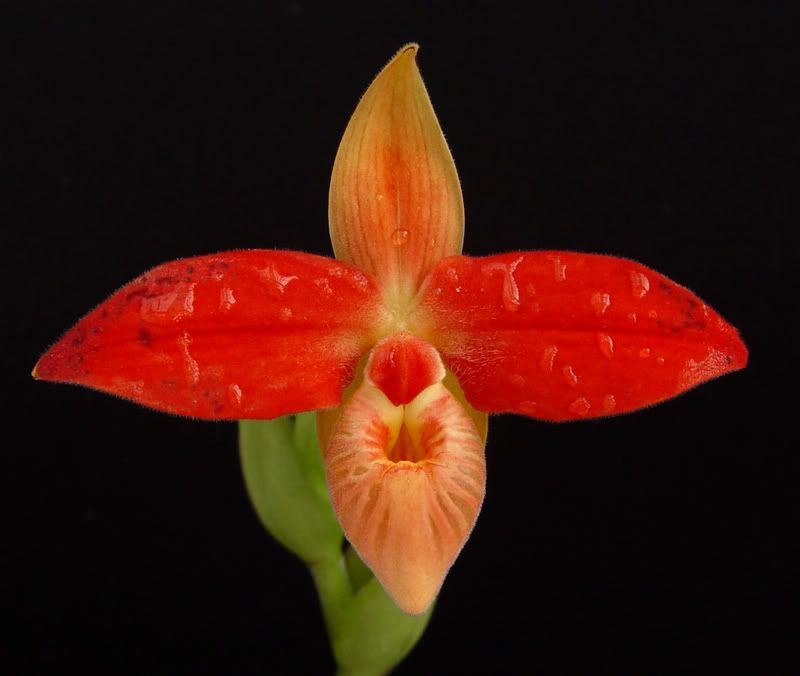
Side:
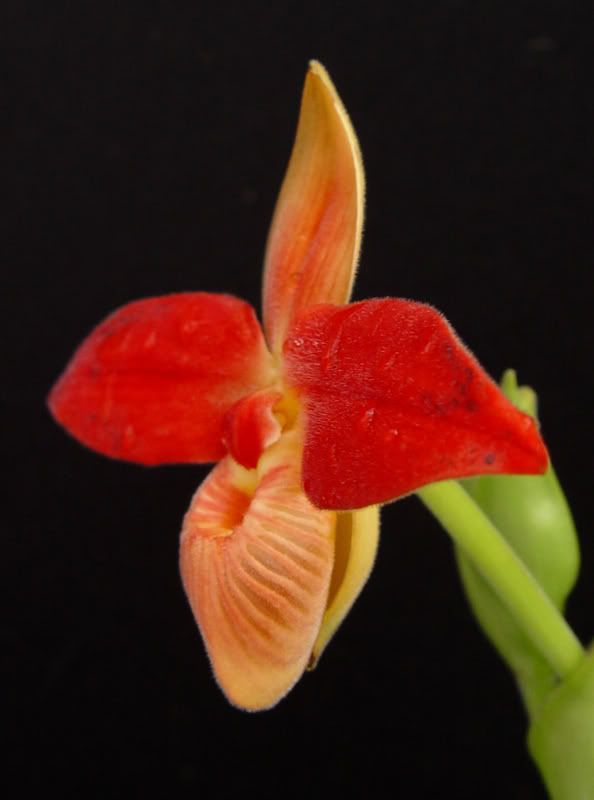
Close up:
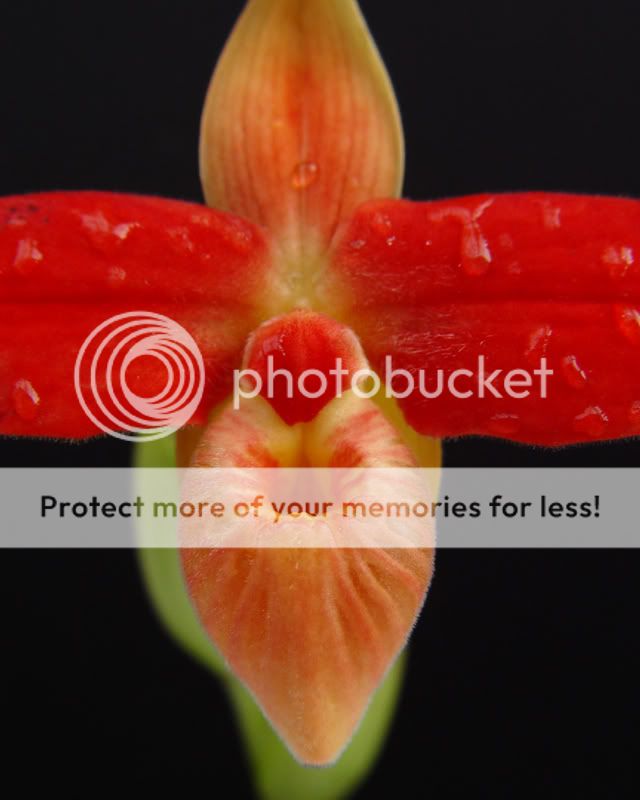
Compared to a "regular" besseae:
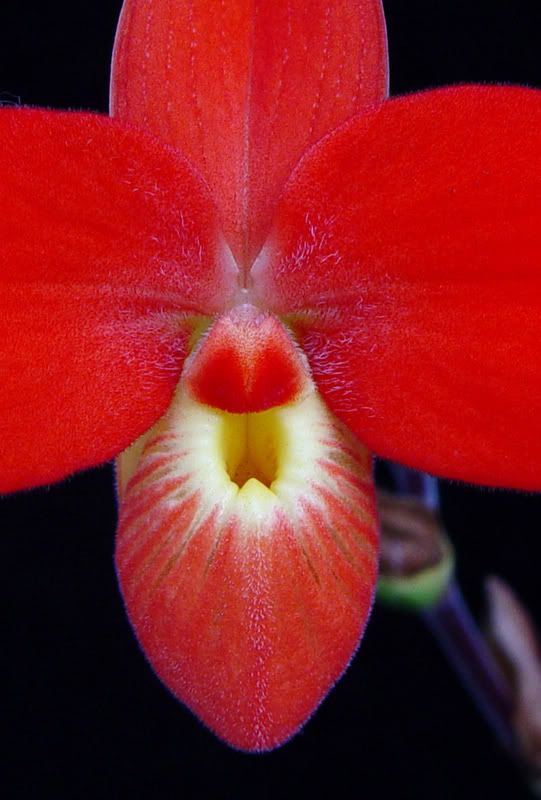
Plant:
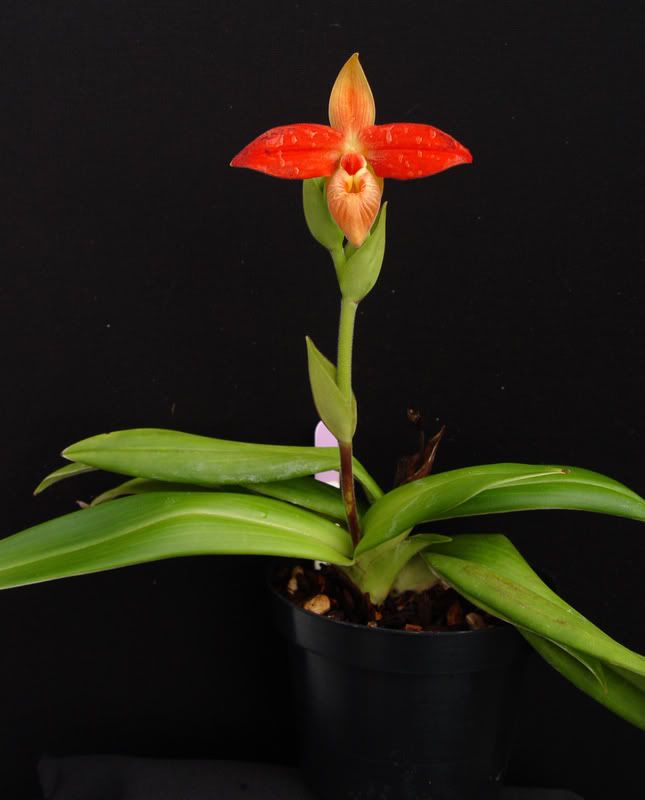
Close up of new growths:
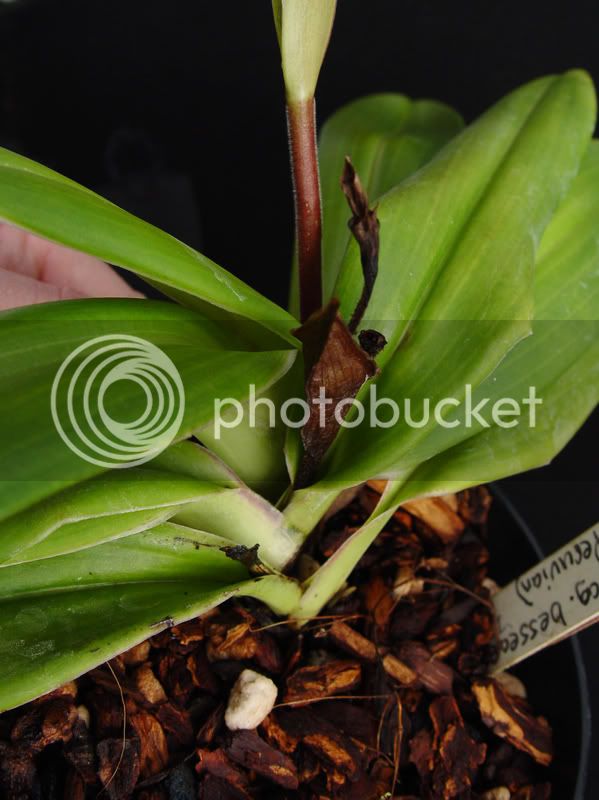
Robert
Flower:

Side:

Close up:

Compared to a "regular" besseae:

Plant:

Close up of new growths:

Robert




